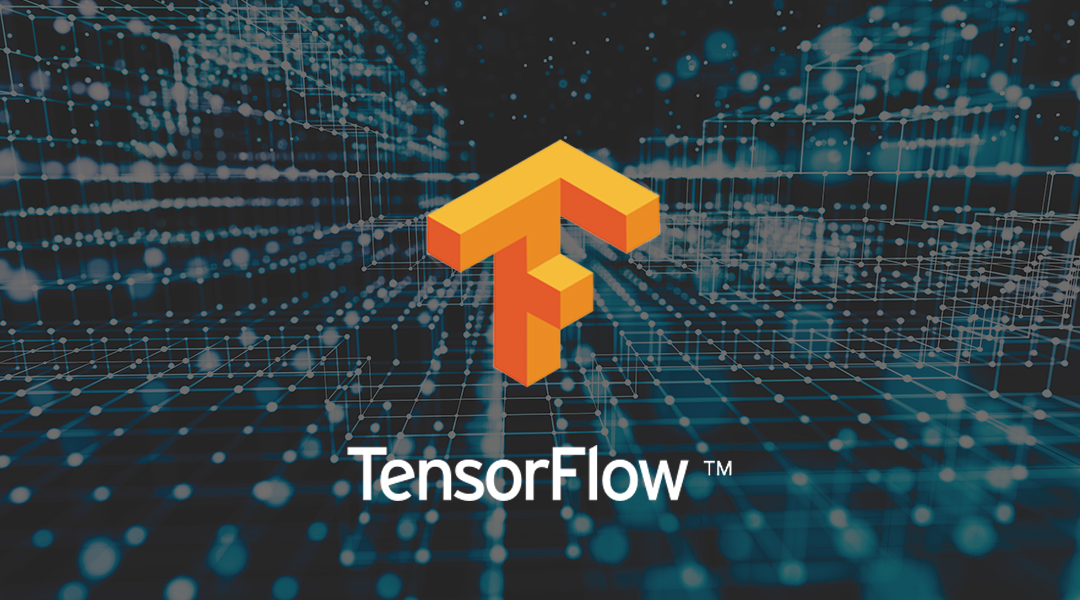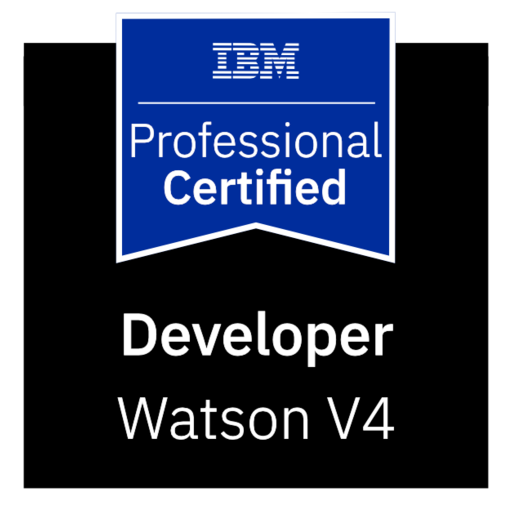Description
Introduction of TensorFlow and Keras :
“Deep Learning with TensorFlow and Keras” is an advanced course designed for those looking to dive into the practical aspects of deep learning using two of the most popular frameworks: TensorFlow and Keras. This course provides a comprehensive overview of deep learning concepts and how to implement them using these powerful tools. Participants will learn to build, train, and deploy deep learning models for various applications, including image recognition, natural language processing, and more. The course emphasizes hands-on experience, offering practical exercises and projects to solidify understanding and application of deep learning techniques.
Prerequisites:
- Basic knowledge of machine learning concepts.
- Proficiency in Python programming.
- Familiarity with fundamental concepts of neural networks is beneficial.
- Understanding of linear algebra and calculus is helpful but not required.
Table of Contents:
- Introduction to Deep Learning
1.1 What is Deep Learning?
1.2 Overview of Neural Networks
1.3 The Role of TensorFlow and Keras in Deep Learning
- Getting Started with TensorFlow and Keras
2.1 Setting Up the Environment
2.2 Introduction to TensorFlow: Key Concepts and Components
2.3 Overview of Keras: High-Level API for Building Models
- Fundamentals of Neural Networks
3.1 Understanding Perceptrons and Multi-Layer Perceptrons
3.2 Activation Functions: Sigmoid, ReLU, Tanh
3.3 Loss Functions and Optimization Algorithms
- Building and Training Neural Networks with Keras
4.1 Creating Models Using Sequential and Functional APIs
4.2 Training Models: Data Preparation, Batch Processing, Epochs
4.3 Evaluating Model Performance: Metrics and Validation
- Deep Learning Architectures
5.1 Convolutional Neural Networks (CNNs) for Image Processing
5.2 Recurrent Neural Networks (RNNs) and Long Short-Term Memory (LSTM) Networks for Sequential Data
5.3 Generative Adversarial Networks (GANs) Overview
- Advanced Deep Learning Techniques
6.1 Transfer Learning and Pre-trained Models
6.2 Hyperparameter Tuning and Model Optimization
6.3 Regularization Techniques: Dropout, Batch Normalization
- Natural Language Processing (NLP) with Deep Learning
7.1 Introduction to NLP Concepts
7.2 Building NLP Models: Text Classification and Sentiment Analysis
7.3 Using Pre-trained Language Models with TensorFlow
- Deploying Deep Learning Models
8.1 Saving and Loading Models
8.2 Deploying Models to Production Environments
8.3 Model Serving with TensorFlow Serving
- Hands-on Projects
9.1 Image Classification Project Using CNNs
9.2 Text Generation Using RNNs or LSTMs
9.3 Building a Real-time Object Detection System
- Ethics and Best Practices in Deep Learning
10.1 Addressing Bias and Fairness in Models
10.2 Ensuring Privacy and Security
10.3 Best Practices for Responsible AI Development
- Conclusion and Further Learning
11.1 Recap of Key Concepts and Techniques
11.2 Exploring Advanced Topics and Emerging Trends in Deep Learning
11.3 Resources for Continued Learning and Professional Development
To conclude; Deep learning with TensorFlow and Keras equips you with the skills to develop, train, and deploy advanced neural networks. By mastering these tools, you can tackle complex problems and drive innovation in various fields, making a significant impact in the world of artificial intelligence.
If you are looking for customized info, Please contact us here
Reference for Keras
Reference for TensorFlow







Reviews
There are no reviews yet.